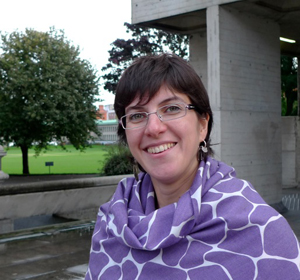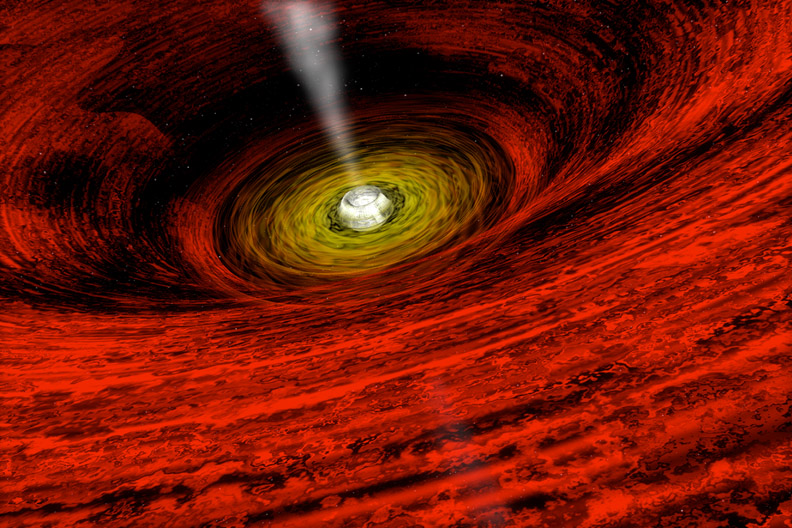Christine Jones Wins Distinguished Smithsonian Honor
Submitted by chandra on Mon, 2014-02-24 08:09We are very proud to announce that the Chandra X-ray Center's Dr. Christine Jones is the recipient of the 2013 Secretary's Distinguished Research Lecture Award from the Smithsonian Institution.
The award recognizes a scholar's sustained achievement in research, long-standing investment in the Smithsonian, outstanding contribution to a field, and ability to communicate research to a non-specialist audience.
Christine has been part of the Chandra family since before "Chandra" even existed. She started her work in the field of X-ray astronomy as an undergraduate at Harvard. With the 1970 launch of Uhuru, the first satellite devoted exclusively to X-ray astronomy, Christine studied Cygnus X-1, a binary X-ray source in which a black hole orbits a normal star.


